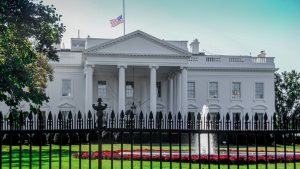
Last week, President Biden signed into law the American Rescue Plan Act, which provides approximately $1.9 trillion in spending to address the continued impact of COVID-19. The American Rescue Plan Act is a follow-up to the Coronavirus Aid, Relief, and Economic Security Act (the CARES Act), which became law in late March 2020, and that part of the Consolidated Appropriations Act of 2021 (the Consolidated Appropriations Act) devoted to COVID-19 relief, which was adopted in late December 2020.
The legislation continues some programs established in previous efforts, but it also adds some new important components. The following is an overview of key provisions of the American Rescue Plan Act:
Aid to Individuals
For more details, please read the White House briefing here.
Hopefully you and your loved ones, your employer, and many businesses that you support will benefit from some of the provisions in the American Rescue Plan Act!
Plan for Your Future and Your Loved Ones Today!
For anyone who does not have their planning in place, now is an ideal time to do so for many reasons, one of which is peace of mind! Here at the Farr Law Firm, we have strategies to help everyone plan for themselves and their loved ones. With advance planning, each person can retain the income and assets it has taken a lifetime to accumulate, and provide themselves the peace of mind that they are prepared, should something happen to them or a loved one.
When you’re ready to plan, contact us for an initial consultation:














Leave a comment
You must be logged in to post a comment.